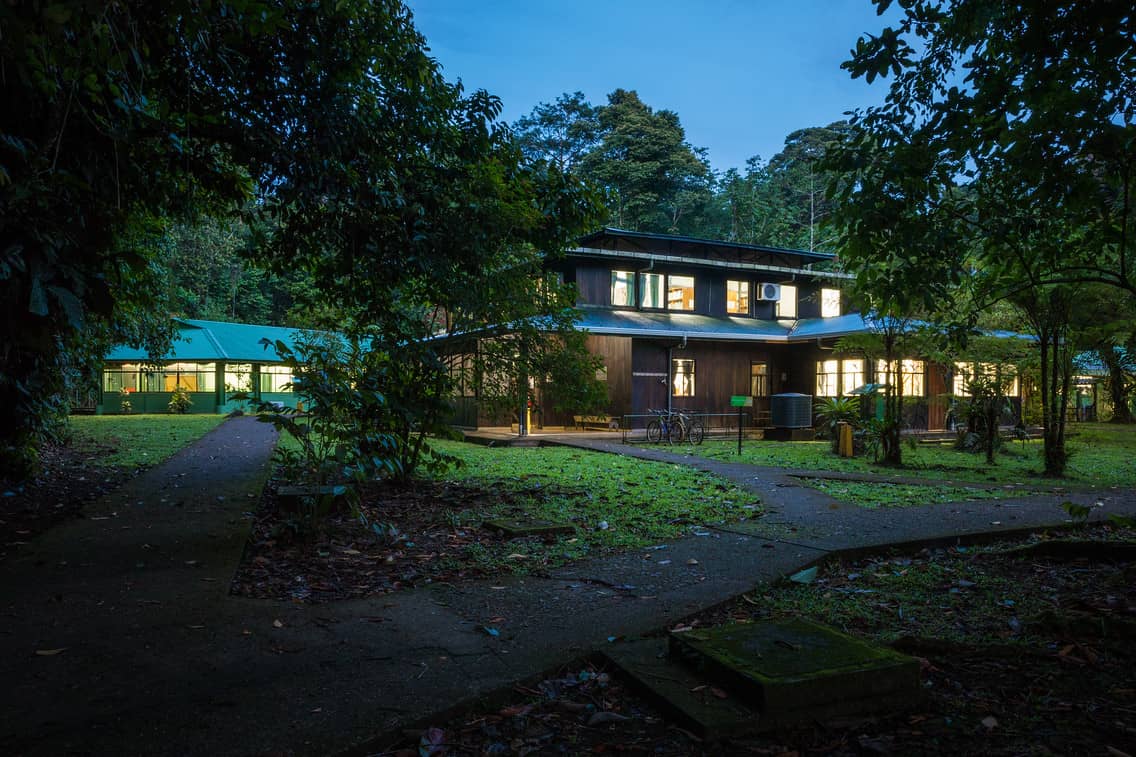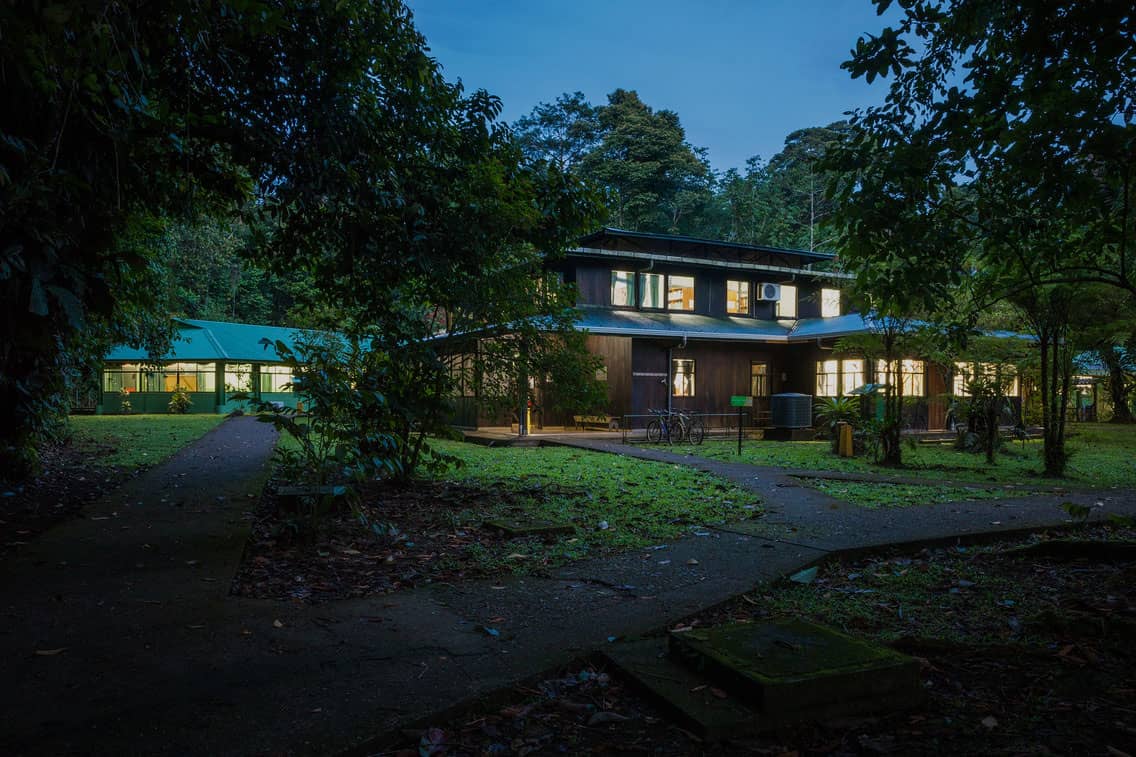
OTS established the La Selva Research Station in 1968. Before it was under OTS leadership, La Selva was a farm dedicated to sustainable forest research owned by Dr. Leslie Holdridge.
La Selva’s influence on tropical ecology is immeasurable and of great cultural significance, having served as a key training and research site for numerous professional scientists. La Selva Research Station pioneered private forest conservation in Costa Rica, as it was the first of what is now a large network of private forest reserves in the country.
The species richness of La Selva is outstanding, with more than 2,077 species of plants; 125 species of mammals (72 of them bats); 470 species of birds; 48 amphibian species; 87 species of reptiles; 45 species of freshwater fish; and tens of thousands of insects, arachnids, and other arthropods.
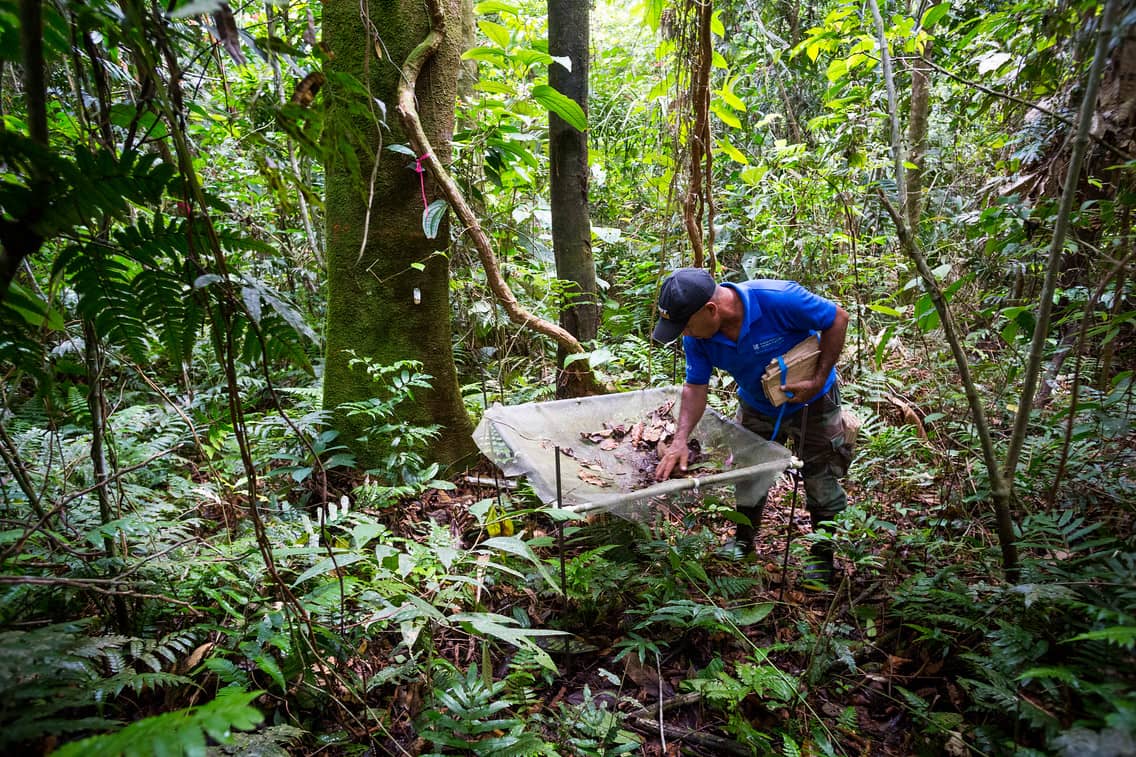
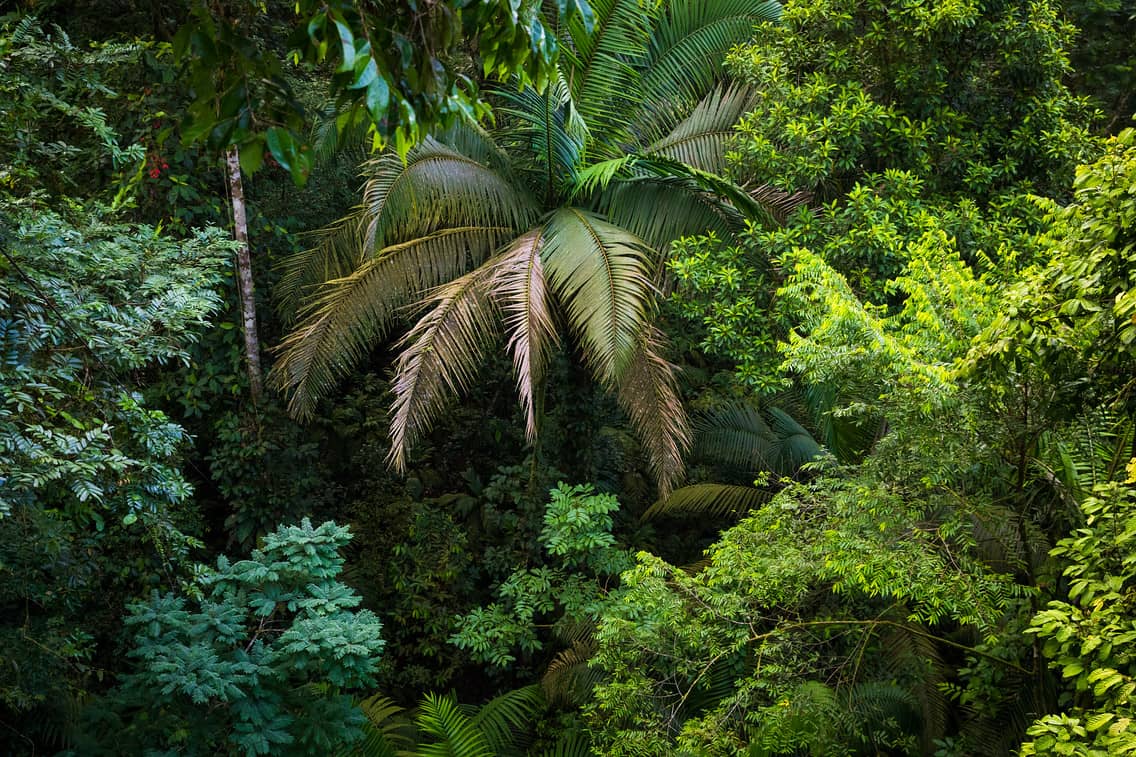
La Selva Research Station offers 1,600 hectares of well-preserved old-growth and recovering wet lowland tropical forest that abuts the Braulio Carrillo National Park. The 4 to 6 km wide forested corridor that connects La Selva at 35 m above sea level to the Barva Volcano at 2,906 m is one of the best-preserved elevational gradients in the tropics.
La Selva sits within a complex biological, socioeconomic, and political landscape that has been significantly transformed over the last 40 years by a continuously expanding agricultural frontier, burgeoning human population, and accompanying major infrastructure. Protected areas, such as La Selva, provide a rich opportunity for studying how natural ecosystems respond to a broader landscape matrix of human uses.
La Selva has some of the longest running ecological data sets in the tropics, spanning up to 40+ years. Long-term research of terrestrial and aquatic ecosystems has generated data on nutrient cycling, plant and animal demography (e.g. birds, trees, frogs, etc.), community interactions, and their responses to a changing climate.
Key Research Themes
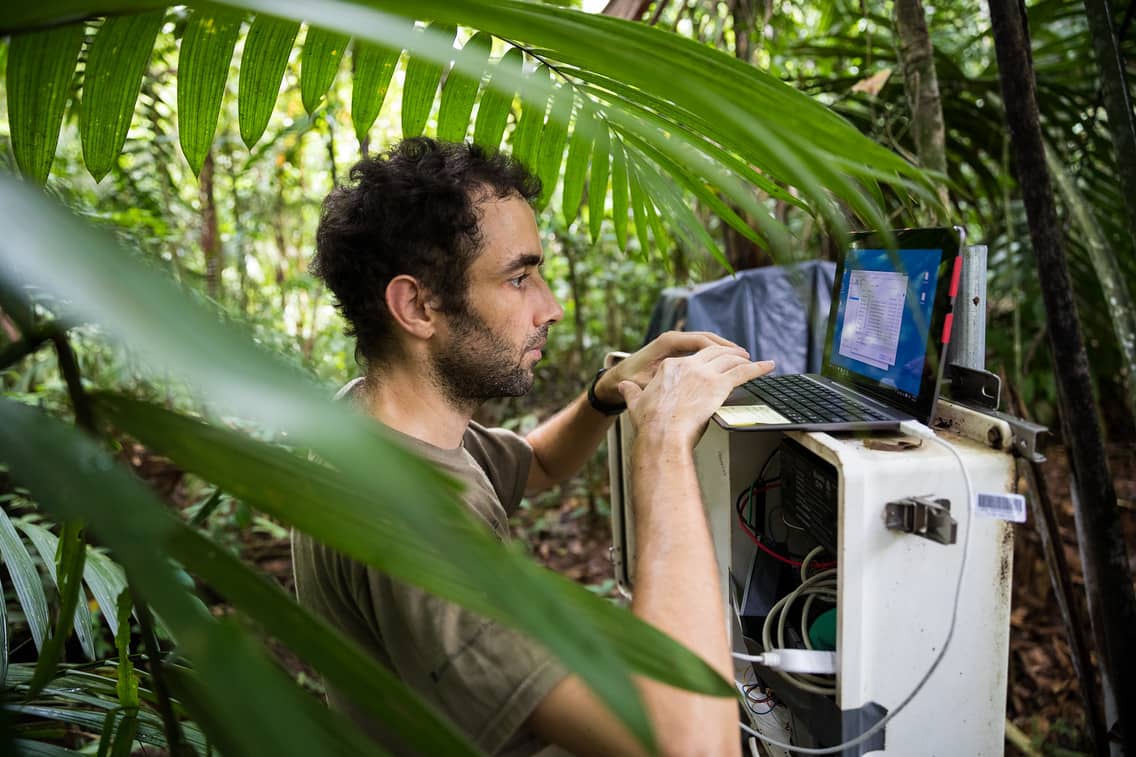
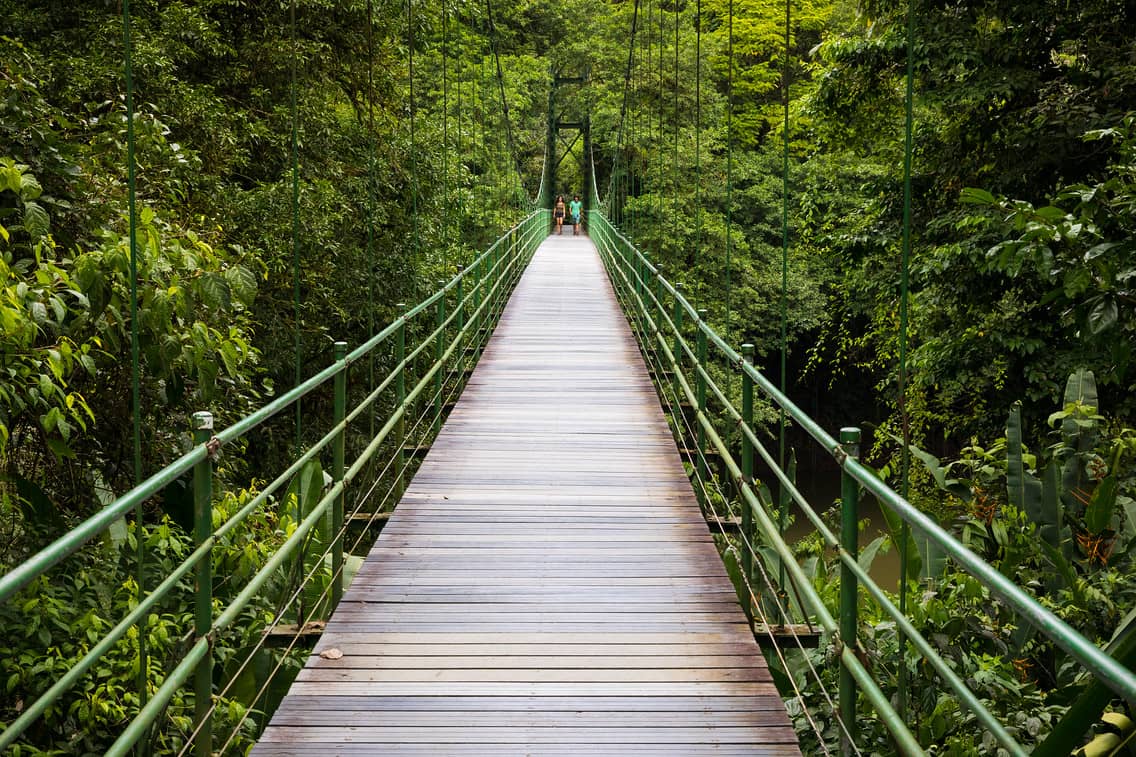
La Selva’s juxtaposition of protected ecosystems and well-developed facilities is unique in the world’s wet tropics.
Local partners:
San Juan-La Selva Biological Corridor
La Selva is approximately a 2-hour drive from San José.
Directions: Take the “Zurqui” Route 32 Highway through the Braulio Carrillo National Park towards Guapiles. After approximately 45 minutes, you will drive over the Sucio River; continue for 7 Km to a major intersection at a restaurant called Rancho Robertos. Turn left, and continue towards the town of Puerto Viejo in Sarapiquí. Follow the highway (Route 4) approximately 30 km to the entrance of La Selva (on your left). The entrance is 3 km before the intersection of Puerto Viejo.
Buses leave from the “Caribeños” terminal in San José throughout the day. Make sure to take the bus to Puerto Viejo in Sarapiquí and not the bus to Puerto Viejo in (Talamanca) Limón!
How to book your travel to the field station: If you are a researcher click here; a Natural History Visitor, click here; lead contact for a faculty-led academic group, click here.
Additional activities: Birding Walk, Night Walk, Natural History Walk, Educational Modules, Boat Tour (with third-party provider). Many cultural and tourist activities in the area.
Contact us for more information: info@tropicalstudies.org
